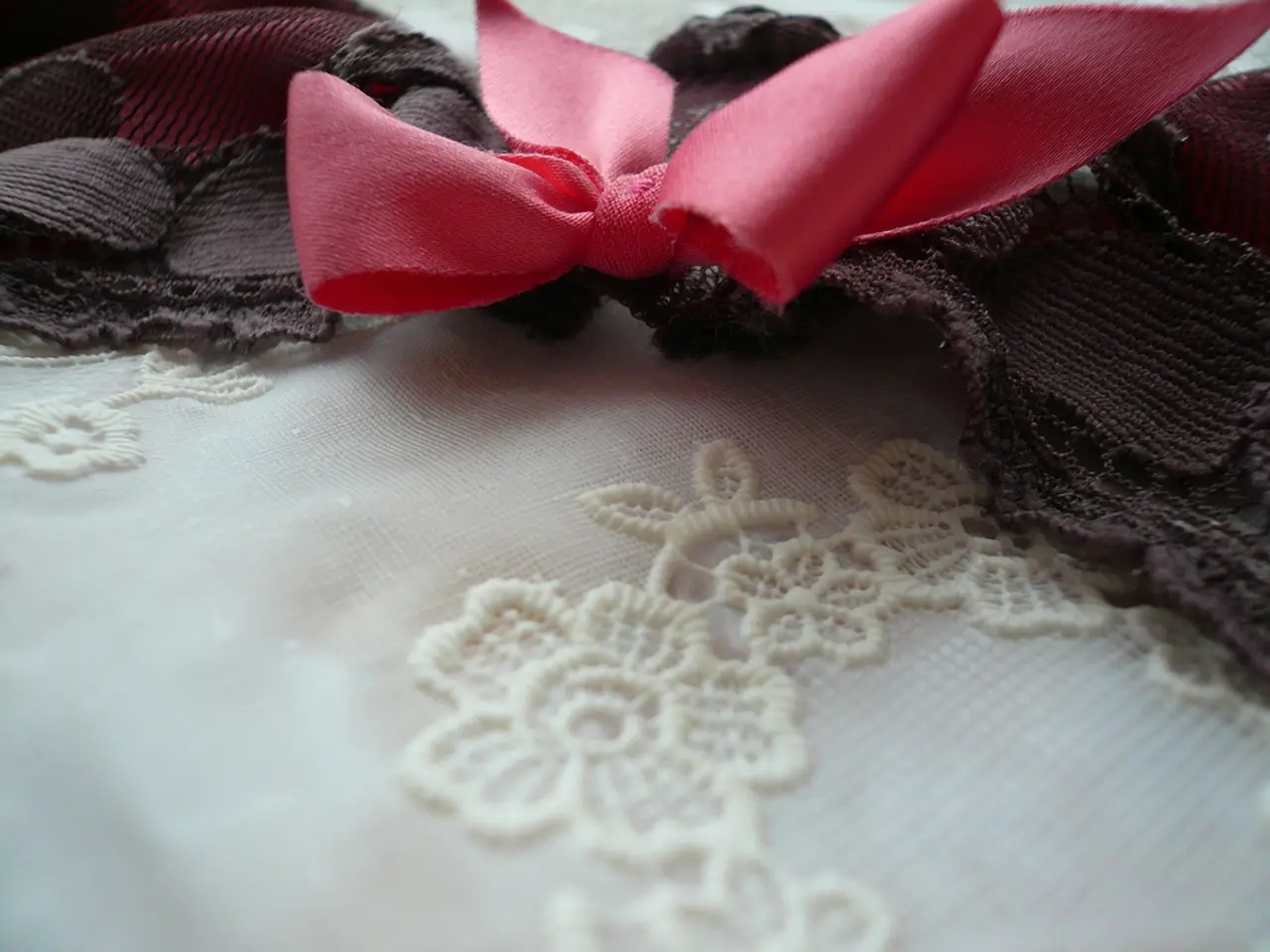Timeless Charm Rediscovered: Explore Modern Spaces Embracing the Resurgence of the Timeless Chintz Design Trend
In a surprising turn of events, the once-maligned chintz decor is experiencing a thoughtful and stylish revival in contemporary design. Gone are the days when chintzy interiors were synonymous with being overly fussy, cheap, or tacky. Today, chintz is embraced intentionally, with a focus on balancing traditional floral patterns with modern elements to avoid feeling outdated or overly ornate.
Chintz, with its joyful spill of leaf and bloom, invites the garden indoors and adds warmth, personality, and color when used thoughtfully within a curated design strategy. The charm of this look lies in heritage shapes paired with ditsy florals and organic textures brought to life with considered touches like bobbin trims, piping, or gentle frills.
One way to incorporate chintz into a modern home is by using it as focal accents. This could be in the form of cushions, curtains, or selected upholstery, rather than overwhelming a room with it. This keeps the look intentional and fresh while grounding the design with more streamlined surroundings.
Pairing chintzy patterns with modern color palettes, such as deep teals or sophisticated pinks with mauve undertones, creates a vibrant yet grown-up and playful atmosphere. Mixing traditional chintz motifs with unexpected details and organic textures adds visual interest, making heritage shapes and floral prints feel fresh and contemporary.
The modern take on chintzy design by luxury French maker La Manufacture Cogolin avoids repeating patterns, offering a more subtle approach to the traditional florals. On the other hand, The East London Parasol Company offers chintzy umbrellas with patterns inspired by wildflowers, printed on water-resistant canvas and lined with white.
Rachal Hutcheson, national retail manager at Sharps, believes chintz adds warmth, character, and a touch of nostalgic charm to any room. Chloe Dacosta, design manager at Blinds 2go, states that chintz decor is bold, classic, and impactful, with elaborate patterns that leave a lasting impression on a room's decor.
Rosie Dalia, founder of her namesake homeware company, doesn't believe chintz has to be dated and suggests using joyful florals in fresh, unexpected ways. Georgia Metcalfe, founder and creative director at French Bedroom, explains that chintz still has the magical ability to bring visual sunlight and character to a room, but the key is to use it with intention.
In rooms where pattern runs wall to wall, a coloured bath provides contrast to create structure, and the key is balance. In the loft bedroom designed by interior and architecture studio Charlton Brown, chintzy wallpaper goes from the floor to the ceiling to create an enveloping, wraparound effect.
Ashley Cooper, marketing director at Triton Showers, suggests creating a color palette with soft, pastel hues in bathrooms and pairing them with floral prints for a feminine, romantic feel. Rebecca Hughes, an interior designer, says florals and chintz never go out of style and can introduce color, personality, and organic beauty into a space.
Chintz originated in 16-century India, where artisans created hand-painted and block-printed cottons adorned with blooming florals, trailing vines, and birds in vivid natural dyes with lightly-glazed finishes that accentuated the patterns and colors. Today, companies like Portmeirion, a British pottery company known for its chintzy florals and botanical patterns on its iconic plates and ceramics, continue to tell stories through their designs.
Jo Plant, chief creative officer at Pooky, explains that the modern take on florals in interiors is about texture and tone rather than just pretty patterns. Helena Ashmore, head of design at Laura Ashley, suggests opting for bold, oversized blooms to make a statement, or go for delicate, vintage-inspired florals to add charm.
Saffron Hare, managing director at James Hare, says the Orangery Collection features chintz fabrics with modern twists while retaining the essence of classic chintz. With these contemporary ways to incorporate chintz into a modern home, it's clear that this timeless pattern is here to stay.
- Chintz fabrics with modern twists, like those in the Orangery Collection, prove that the classic pattern is still relevant in contemporary design.
- Incorporating chintz into a modern home can provide a warmer, more personal atmosphere, as suggested by Rachal Hutcheson, national retail manager at Sharps.
- Pairing traditional chintz motifs with unexpected details and organic textures, as done by The East London Parasol Company, brings visual interest and makes heritage shapes and floral prints feel fresh and contemporary.
- Using chintz with intention is key, as Georgia Metcalfe, founder and creative director at French Bedroom, advises, to avoid outdated or overly ornate designs.
- Chintz, with its joyful spill of leaf and bloom, can bring visual sunlight and character to a room, as Jo Plant, chief creative officer at Pooky, explains, but it's important to consider texture and tone, as well as pattern, when incorporating it into one's interior design.




